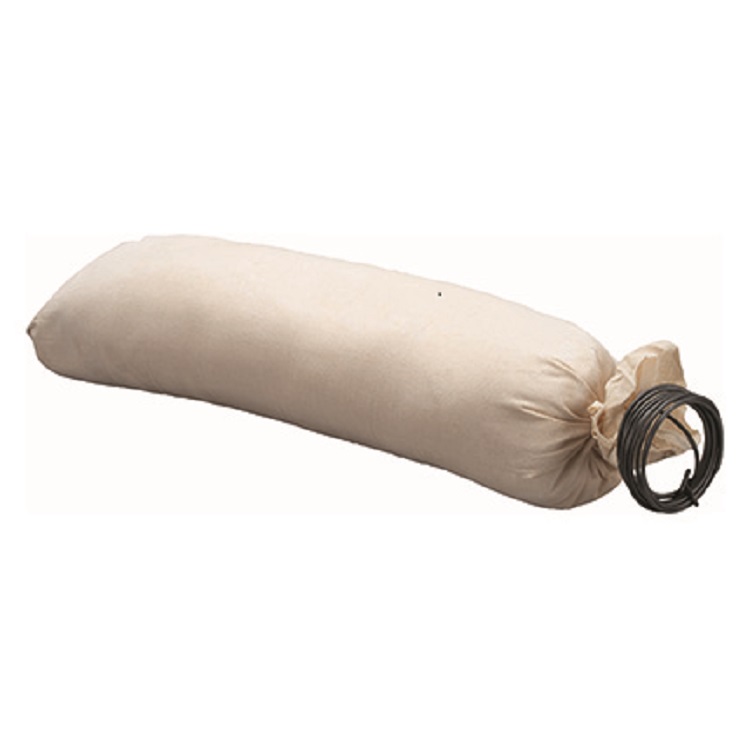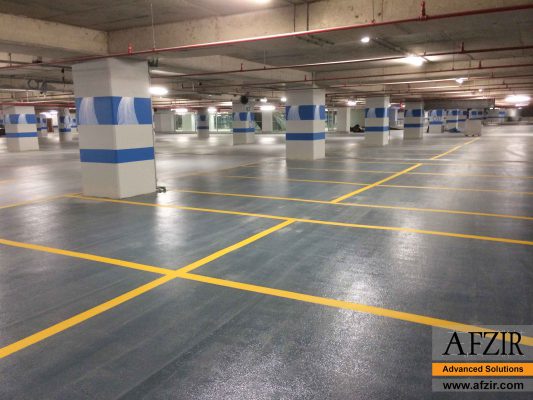PRODUCT DESCRIPTION
Magnesium sacrificial anodes (MSA™) are utilized for cathodic protection of metal components. By burying the sacrificial anodes near the metal elements and exposing them to oxidizing agents, the sacrificial anodes oxidize faster than the existing metal before the metals react with electrolytes, consuming all the oxidation factors.
Consequently, the sacrificial anodes are sacrificed in place of the metals and ultimately corroded. Using these types of anodes can increase the useful life of steel components.
MSA™ includes a backfill and a cable in addition to the magnesium anode. The backfill acts as a protective layer for the anode. Backfills are formed by different mixtures of compounds, such as gypsum, bentonite, and sodium sulfate to withstand environmental conditions. The role of backfills is to provide stability to the anode potential, prevent anode polarization, reduce the resistance between the anode and soil, increase the anode’s output current, create uniform corrosion on the anode, reduce self-corrosion of the anode, and enhance the efficiency of the anodes. Cables are responsible for the transport of anodes and cathodes. Magnesium sacrificial anodes are categorized into standard and high-potential types based on chemical composition. Standard magnesium sacrificial anodes have an open-circuit potential of -1.5, and they can achieve up to 60% efficiency.
On the other hand, high-potential magnesium sacrificial anodes have an open-circuit potential of -1.7 and can reach up to 50% efficiency. Therefore, the applicant should choose the appropriate sacrificial anode based on the existing conditions and desired objectives.
Features
- It does not need an external power supply
- Ease of installation
- With back strap and cable
- Prevents corrosion of steel reinforcements.
- It is available in two modes, standard and high potential.
- It increases the useful life of the structure.
Applications
- Gas, oil, water and sewage pipelines
- Structures buried under the soil
- Structures near sea salt water
- Tanks and reservoirs
- Bridges
Packaging
- Anodes are packed in fabric bags or in permitted porous containers
Colour
- –
technical specifications
|
elements |
Standards(%) |
High potential (%) |
|
aluminum |
6.7 – 5.3 |
Max 0.1 |
|
zink |
3.5 – 2.5 | – |
| manganese |
0.7 – 0.15 |
0.5-1.3 |
|
silicon |
Max 0.01 | Max 0.5 |
| copper | Max 0.02 |
Max 0.2 |
|
nickel |
Max 0.002 | Max 0.001 |
|
iron |
Max 0.003 | Max 0.03 |
| All other | Max 0.3 |
Max 0.03 |
| magnesium | remaining |
remaining |
Supervisors and designers can use standards such as ASTM-B 843, ASTM-G 97, BS 7361, IPS-M-TP-750, and NACE-RP0387 to understand better, evaluate, and design sacrificial anodes.
Magnesium sacrificial anodes are available in various dimensions, sizes, and chemical compositions in the market. Employers are also responsible for choosing the best and most suitable sacrificial anode based on the environmental conditions by carefully examining and evaluating the product datasheets.
For optimal performance, MSA™ sacrificial anodes should be vertically buried in the soil, maintaining a distance of 1.5 to 5 meters from the metal structure requiring cathodic protection. Embedded anodes can be installed individually or in multiple numbers. Prior to installation, it is recommended to immerse the sacrificial magnesium anodes in water and attach a back strap. Additionally, ensuring the substrate is adequately moistened before anode installation contributes to their effectiveness. Once the anodes are positioned, the cables connecting them should be properly linked to the respective metal. Finally, the pit should be filled with soil.
- Use of Gloves for Skin Allergy Prevention
- Safety Glasses for Eye Irritation Prevention
- Protective Gear for Chemical-Exposed Environments
- Importance of Proper Ventilation
- Skin Contact: Wash with Soap and Water
- Eye Contact: Rinse Immediately with Water
- Breathing Problems: Consult a doctor
- No Environmental Hazards
- Maintenance Guidelines
- Storage Instructions: Dry and Vertical Placement
technical documents
Photo Gallery
Technical documentation request














Be the first to review “Magnesium Based Sacrificial Anode”